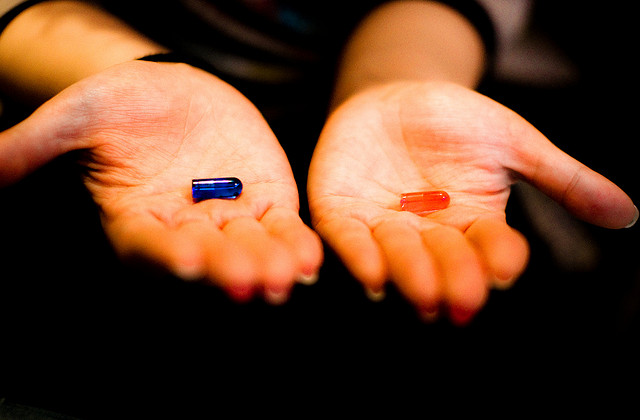<p>100 people die every single day in the United States from a drug overdose. With that statistic, the Centers for Disease Control and Prevention (CDC) report that rates of overdose death have more than tripled since 1990. The main culprit for the majority of these untimely deaths is the prescription pill version of opiate and opioid narcotics that are chemically similar to heroin, morphine, and codeine.</p>
<p>In what can begin as a legitimate need for an opiate to treat pain following surgery or an accident, prescription drug use, and more specifically prescription narcotics, can quickly spiral out of control into addiction. The CDC has found that nearly three out of every four prescription drug overdoses are the direct result of opiate or opioid abuse.</p>
<p>The number of prescription painkiller deaths came out to be 14,800 in 2008 and in each year since, the rates have continued to steadily increase. Additionally, painkillers that are only supposed to be available through an appropriate doctor’s prescription, accounted for almost 500,000 emergency room visits in 2009.</p>
<h3><strong>Monitoring Programs to Fight Prescription Drug Addiction</strong></h3>
<p>Since this class of prescription drugs are so highly addictive, federal and state decision makers have worked to create solutions that reduce the rise in opiate addiction rates. One answer to the problem has been a program that monitors prescriptions closely and tracks drug overdose trends on the national, state, and local levels.</p>
<p>As explained by the Department of Justice (DOJ) and the Drug Enforcement Administration (DEA), prescription drug monitoring programs (PDMPs) are electronic databases, operated state-by-state, that collect and analyze data on prescription drug activity. The system is designed to track every aspect of drug administration. Doctors are tracked for frequency of prescriptions written, both overall and based on individual patients, and pharmacy data is analyzed for similar frequency in drugs dispensed.</p>
<p>The system also attempts to track the behavior of individual patients. If one person is trying to get a Vicodin prescription, for example, from several different doctors and pharmacies, the system will catch the duplication? The program is set up to monitor repeat purchases, assuming the patient can be identified even when giving a false name.</p>
<h3><strong>Benefits of PDMPs:</strong></h3>
<p>While the program is not supervised by the DEA, the benefits of utilizing the monitoring program are listed on the DEA’s Office of Diversion Control’s websiteas:</p>
<ol start="1">
<li>To support access to legitimate medical use of controlled substances,</li>
</ol>
<ol start="2">
<li>To identify and deter or prevent drug abuse and diversion,</li>
</ol>
<ol start="3">
<li>To facilitate and encourage the identification, intervention with, and treatment of persons addicted to prescription drugs,</li>
</ol>
<ol start="4">
<li>To inform public health initiatives through outlining of use and abuse trends, and</li>
</ol>
<ol start="5">
<li>To educate individuals about PDMPs and the use, abuse, and diversion of and addiction to prescription drugs</li>
</ol>
<p>Each state that participates in the program has people in place who monitor its progress and enforce its set regulations and statutes.</p>
<h3><strong>Are Prescription Drug Monitoring Programs Working?</strong></h3>
<p>According to a 2010 report, published by The White House (at www.WhiteHouse.gov), PDMPs were responsible for a 61% decrease in opiate narcotic prescriptions written to people who did not show a true medical need, or who were found to be drug-seeking.</p>
<p>The report also cited the successful use of PDMPs to find out if a patient showed up with a history of drug abuse or addiction before a prescription was written for any painkilling medication that has potential for addiction.</p>
<h5>Featured images:</h5>
<p><span class="license">License: Royalty Free or iStock</span></p>
<p><span class="source">source: http://www.flickr.com/photos/torek/4444673930</span></p>
<p>Marissa Maldonado is an addiction recovery specialist who has spent a career helping people get treatment at dual diagnosis recovery centers, her current focus is on prescription drug addiction treatment at Sovereign Health.</p>

Monitoring Programs Designed To Fight Prescription Drug Addiction
